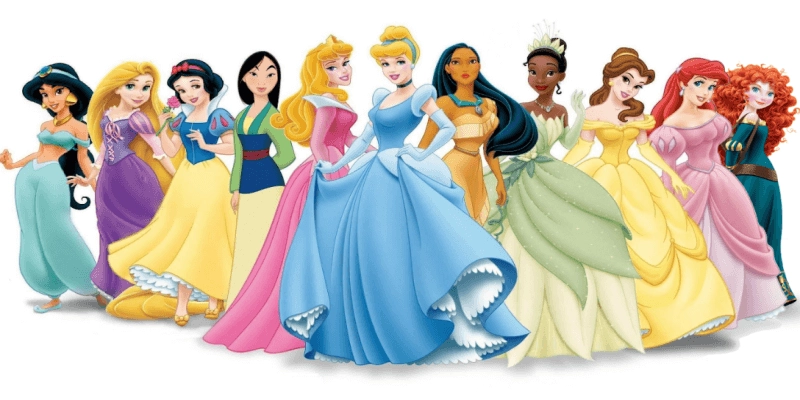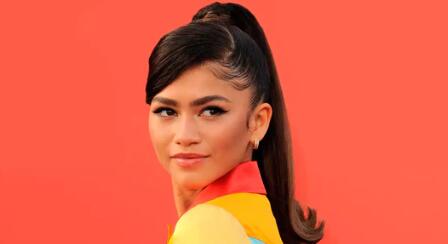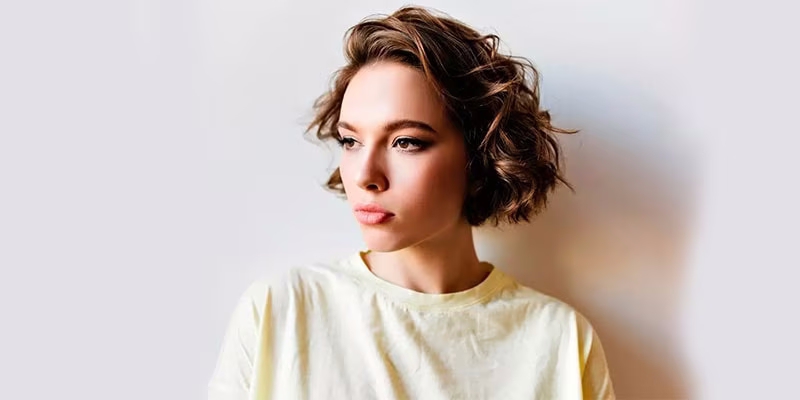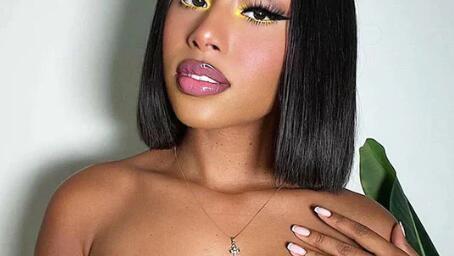There are probably a million and one topics about black hair. Some of these subjects can be a little touchy, but nevertheless intriguing.
It is very apparent that many black women wear wigs and weaves. We definitely see them constantly represented in these styles in movies and TV as well as in person. Perhaps you wonder why this is.
I personally grew up with people coming in and out of my home after getting their customized installments from my hairdresser mom. I can tell you, there are many reasons why black women chose these styles.
It is important not to assume one reason or another, because you may very well be wrong!
Although many people of all ethnicities – from Elton John to Beyoncé – have been known to wear wigs/weaves, we are here to explore the reasons why African-American women specifically opt for this form of styling.
So what are the reasons black women are still wearing wigs and weaves? Times are changing, and there are several reasons why black women will choose to wear extensions.
Why do Black Women Wear Wigs and Weaves?
Below I have highlighted 4 of the most popular and relevant reasons black women wear wigs and weave:
#1 Convenience
I can attest to wigs being super easy to deal with!
There is a substantial amount of maintenance required to keep those curls looking juicy. In order to keep from combing the hair into a particular style every day, a black woman can decide to put on a wig in that same style and significantly reduce the time spent on getting ready.
It’s a really simple way to look nice without having to put in so much effort.
Wigs are also convenient because they can be styled in a certain way, and you have the ability to remove them when you get home. It gives you the ultimate flexibility because it can still be kept in that same style the next day. If you wear a weave, you can leave it on the hair longer. Many black women work and can use the extra time that would otherwise be spent on doing their hair.
Wearing extensions can also be cost-effective for women who spend a lot of money on hair products or professional hairdressers.
#2 Protection
A protective style is any style that keeps the hair tucked away and free from manipulation. The goal of a protective style is to give the hair a break from stressors and allow it to grow healthy and free from any breakage.
There are many ways that afro hair can become subject to excessive stressors. Two of the main causes of damage to afro hair are heat and chemicals.
Up until very recently, natural black hair products were very scarce.
This meant that many black women resorted to straightening as a means to style their hair, as they have been doing for generations in America.
You can use heat treatments (hot combs, electric straighteners, relaxers, and perms) to straighten curly, afro hair. Many black women experience burning sensations on their scalps because their mothers straightened or permed their hair on a regular basis. As a result, as many of those black women grew older, their hair started to break off at the ends or became permanently straight while roots continued to grow curly.
I was fortunate that my mother did not perm my hair while growing up, but she did use heat to straighten it on a regular basis because it was easy for me to manage on my own.
When I got into my teenage years, I wanted to start wearing my hair in its natural state but found it difficult because the bottom half of my hair was damaged from years of straightening.
Eventually, I did the big chop – which is a term used to describe when a black woman cuts her hair extremely short to get rid of any damage and allow for the hair to completely grow out into its natural state. After my hair grew out again, I wanted to maintain its healthiness by refraining from applying heat or chemicals to it.
I started wearing wigs because I could apply heat and chemicals to them if I wanted without having to do so to my natural hair.
Wearing a wig or weave gives natural hair full coverage from the elements. Many black women find this so much more rewarding than losing their lovely curls!
It is important to note that almost half of the black women suffer from what is called traction alopecia. This is a condition that causes hair loss to the scalp. This form of alopecia is caused by excessive manipulation of the hair, mostly due to heat and chemicals. As a result of this condition, some women will wear wigs to cover the affected areas of baldness.
#3 Appearance of Professionalism
Sadly, the stigma around black hair in the workplace still exists.
There has been a push from the black community in order to bring this issue to light, especially through social media. However, there is still much change that needs to happen to eliminate discrimination based on hair texture in the workplace and schools.
There have been several court cases that have occurred as a result of black women being fired or refused employment for wearing natural hairstyles.
This is why some black women wear wigs and weave in order to appease upper-level management at the company they work for. Even if there is no danger of being fired, some women will still wear straight hair weaves in wigs to avoid negative comments or prejudice that would make their work life difficult.
In Chris Rock’s groundbreaking documentary Good Hair, comedian Paul Mooney made the statement “If your hair is relaxed, they [Caucasians] are relaxed. If your hair is nappy, they are not happy.” Many black women will wear European hairstyles to avoid criticism due to discrimination, which is an unfortunate occurrence in desperate need of change.
#4 Self Expression
Though listed last, it is certainly not the least. Many black women wear wigs and weave simply as a form of expression.
African-Americans are very diverse and have many different hair textures. It is enjoyable for women to experiment with different styles.
The versatility of wigs and weaves is expansive, which gives black women the chance to flaunt their unique style on any given day.
Here’s a video by Good Morning Britain which highlights some of the main reasons why black women and children feel pressured to change their appearance:
History of Wigs & Weaves
How did it all start? Let’s get a little more informed on the history of wigs and weaves.
Both wigs and weaves are widely thought to have begun in early Egypt. If you look at pictures of ancient Egyptians – whether of statues or hieroglyphics – you can see the headpieces that they usually wore. These were the early wigs!
Egyptian royalty were the only ones who could afford human hair wigs at the time (though they didn’t limit themselves to hair, they included expensive materials like silver or gold as well), so wigs became a symbol of prosperity.
The men usually wore French perruque, which are stiff sets of curls that were widely popular in France. They were first took by men and then adopted by women.
Wigs became a status symbol in Europe too, worn only by the wealthy.
Eventually, wigs started growing in popularity amongst celebrities when they started to become televised in the United States, which really kickstarted their popularity across the country. Some of the famous celebrities known to regularly wear wigs and weaves include Diana Ross, Whitney Houston, and Brittney Spears.
Now that we have a little background, let’s talk about how wigs and weaves became popular amongst African Americans and why they continue to wear them.
Introduction to the African American Community
Unlike the royal queens in ancient Egypt who wore wigs to symbolize wealth, black women in the mid-1900s tried to find ways to get hired after desegregation.
Afro hair in those days was considered to be ‘unprofessional’ and was deemed to be inferior to European hair. Black women would do all kinds of things to straighten their hair for positions that actually required it- from airline stewardesses to receptionists.
Eventually, many started wearing hair extensions, which they could get in a different texture than their own- which helped them to achieve the European look that society praised so much. A black woman named Christina Jenkins received a patent for the weave in 1951, which proliferated throughout the black community as the “sew-in”.
The Final Word
There are many stereotypes about why wigs and weaves are so prevalent in the black community.
Those stereotypes do not apply to everyone.
Knowing some of the struggles black women have encountered due to their hair, may cause some to be willing to approach situations better, and that’s good. However, never assume that most black people hate their hair.
On the contrary, afro beauty has been increasingly cherished by African Americans – no matter what style they chose to wear!

 8 Disney Princesses Hairstyle Collection-You Don't Miss
8 Disney Princesses Hairstyle Collection-You Don't Miss
 Swoop Ponytail: How do You Tie a Unique Hairstyles?
Swoop Ponytail: How do You Tie a Unique Hairstyles?
 2023 Hottest Trend: Curly Bob Haircuts
2023 Hottest Trend: Curly Bob Haircuts
 U Part VS V Part Wigs, Which One Is Better?
U Part VS V Part Wigs, Which One Is Better?